Table of content
Hot pot, a beloved culinary tradition across Asia and increasingly popular worldwide, hinges on the quality of its flavorful broth. Whether you prefer a spicy Sichuan-style base, a rich bone broth, or a vibrant tomato-infused variety, proper storage is critical to preserving taste, texture, and safety. One of the most common questions among home cooks and hot pot enthusiasts is: How long can I refrigerate hot pot base before it spoils? This article delves into the science of refrigeration, the nuances of different hot pot bases, and actionable tips to maximize freshness while minimizing food waste.
Understanding Refrigeration: The Basics of Food Preservation
Refrigeration slows bacterial growth by lowering temperatures to between 34°F and 40°F (1°C to 4°C). At these cooler ranges, most pathogens that cause foodborne illnesses—such as Salmonella, E. coli, and Listeria—multiply at a significantly reduced rate. However, refrigeration is not a sterilization method; it merely delays spoilage. Over time, even chilled foods degrade due to enzymatic reactions, oxidation, and microbial activity.
Hot pot bases, typically a blend of oils, spices, aromatics (like garlic and ginger), and sometimes fermented ingredients (such as doubanjiang), are particularly prone to rancidity and microbial growth if stored improperly. The high fat and moisture content in many bases create an ideal environment for bacteria and mold, especially if exposed to fluctuating temperatures or air.
Shelf Life of Different Hot Pot Bases
The storage duration of refrigerated hot pot base varies widely depending on its composition. Here’s a breakdown by type:
Oily or Spicy Bases
Bases heavy in chili oil, Sichuan peppercorns, or animal fats (like beef tallow) tend to have longer shelf lives. The oil acts as a natural preservative, creating a barrier against oxygen and moisture.
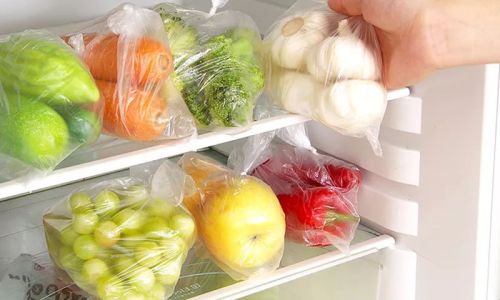
- Store-bought varieties: Often contain preservatives and are vacuum-sealed, allowing refrigeration for 6–12 months if unopened. Once opened, aim to use within 1–2 weeks.
- Homemade versions: Without additives, expect 3–5 days in the fridge. For extended storage, freezing is recommended (see below).
Clear or Light Broths
Broths made from chicken, bone, or vegetable stocks with minimal oil or seasoning are more perishable.
- Homemade: 2–3 days refrigerated. These bases lack stabilizers, so enzymes in ingredients like onions or carrots accelerate spoilage.
- Commercial products: May last 5–7 days post-opening, thanks to salt and acidity regulators.
Tomato or Fermented Bases
Acidic ingredients like tomatoes or fermented bean paste (doubanjiang) inhibit bacterial growth but can degrade in texture over time.
- Refrigerated: 4–6 days for homemade; 7–10 days for store-bought.
- Freezer: Up to 3 months for homemade, as acidity helps preserve flavor.
Herbal or Medicinal Bases
Bases infused with herbs like goji berries, jujube, or ginseng are delicate due to their plant-based components.
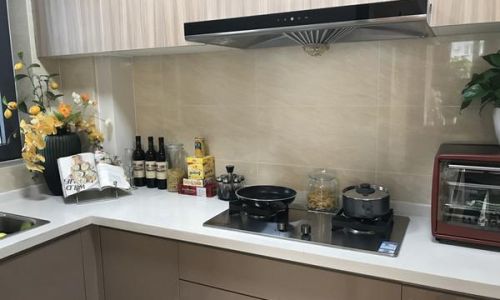
- Refrigerated: 3–4 days maximum, as herbs lose potency and may ferment.
Key Factors Affecting Shelf Life
- Ingredient Quality: Fresh spices and oils resist spoilage better than stale ones.
- Packaging: Airtight containers (glass or BPA-free plastic) prevent cross-contamination and oxidation.
- Temperature Stability: Frequent fridge door openings cause temperature fluctuations, shortening shelf life.
- Contamination Risk: Using a dirty spoon or dipping raw ingredients into the base introduces bacteria.
Step-by-Step Guide to Safe Refrigeration
Cooling the Base Properly
- Let the base cool to room temperature (no longer than 2 hours) before refrigerating. Leaving hot food in the fridge raises internal temperatures, risking bacterial growth in other items.
- Avoid: Placing steaming-hot pots directly into the fridge, as this strains the appliance and creates condensation.
Choosing the Right Container
- Airtight Containers: Opt for glass jars with rubber seals or heavy-duty plastic containers. Avoid metal, which can react with acidic ingredients like tomatoes or vinegar.
- Portioning: Divide large batches into smaller containers. This reduces exposure to air when reusing and speeds up thawing.
Labeling and Dating
- Use masking tape or a waterproof marker to note the preparation date. Discard bases older than the recommended timeframes.
Placement in the Refrigerator
- Store containers on the middle or lower shelves, where temperatures are most consistent. Avoid the door, which experiences the most fluctuations.
Signs of Spoilage: When to Toss the Base
Trust your senses:
- Visual Cues: Mold (fuzzy spots in green, white, or black), separation of oil and liquid, or a dull, grayish tint.
- Smell: Rancid, sour, or “off” odors indicate bacterial activity.
- Texture: Unusual sliminess, clumping, or excessive thickening.
Never taste-test suspicious bases—foodborne illnesses are not worth the risk.
Freezing: A Long-Term Solution
For bases you won’t use within a week, freezing is ideal.

- Technique: Pour cooled base into freezer-safe bags or airtight containers, leaving 1 inch of space for expansion. Flatten bags for faster thawing.
- Shelf Life: 3–6 months for optimal quality. Beyond that, flavor and texture may degrade, though it remains safe indefinitely if frozen at 0°F (-18°C).
- Thawing: Transfer to the fridge 24 hours before use. Avoid reheating directly from frozen, as this can cause uneven heating and bacterial risk.
Common Myths Debunked
-
“If it smells fine, it’s safe.”
False: Some pathogens, like Staphylococcus aureus, don’t alter odor or taste but can cause severe illness. -
“Freezing kills all bacteria.”
False: Freezing halts bacterial growth but doesn’t destroy microbes. Thawed food must still be handled safely. -
“Refrigerating extends shelf life indefinitely.”
False: Even refrigerated food degrades. Adhere to recommended timeframes.
Safety Guidelines from Food Experts
- The USDA recommends discarding perishable leftovers after 4 days in the fridge. However, this applies to generic “leftovers”—hot pot bases, with their unique compositions, may vary.
- Cross-Contamination Prevention: Use clean utensils each time you scoop base. Never double-dip raw meat skewers into shared broth.
Maximizing Freshness: Pro Tips
- Use High-Quality Oils: Extra virgin olive oil or sesame oil with low acidity resist rancidity.
- Add Preservatives (Carefully): A pinch of salt or a splash of vinegar can extend homemade bases by 1–2 days.
- Avoid Dairy: Bases with milk or cream spoil faster; opt for coconut milk as a dairy-free alternative.
Conclusion
The answer to “How long can you refrigerate hot pot base?” depends on its ingredients, preparation, and storage conditions. While oily, store-bought varieties may last a week or more, delicate herbal broths require consumption within days. By adhering to proper cooling, sealing, and labeling practices—and heeding signs of spoilage—you can safely enjoy homemade hot pot without compromising flavor or health. When in doubt, remember the golden rule: When it doubt, throw it out. After all, a subpar broth is a small price to pay for peace of mind.
This article underscores the balance between culinary creativity and food safety. Whether you’re a seasoned hot pot host or a novice chef, mastering refrigeration techniques ensures that every bowl of broth delivers the warmth and flavor it deserves.
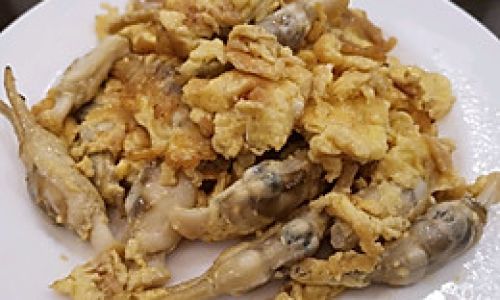


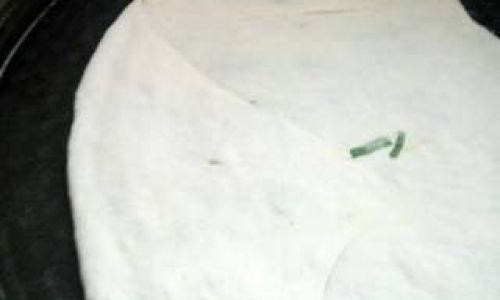
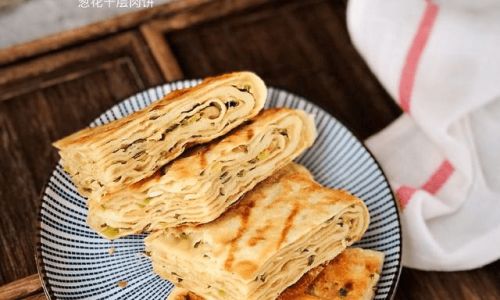
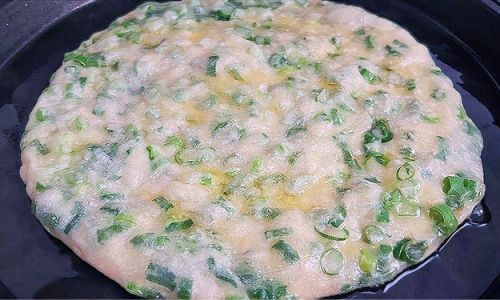
0 comments